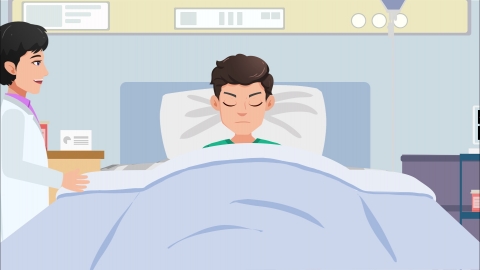How long does conservative treatment for lumbar spinal stenosis take?
Generally, conservative treatment for lumbar spinal stenosis requires 1 to 3 months, but the exact duration varies among individuals depending on the severity of the condition, treatment plan, and patient compliance. For most patients with mild symptoms, proper treatment over about one month can lead to symptom improvement, while those with severe conditions or slower recovery may require up to 3 months or longer.

If symptoms are mild—such as occasional lower back and leg pain or numbness—conservative treatments like bed rest, pain-relieving and anti-inflammatory medications, and physical therapy, combined with strict adherence to medical advice, typically alleviate symptoms within 1–2 months, allowing gradual return to daily activities. However, patients should avoid heavy physical labor or intense exercise too early to prevent symptom recurrence.
For patients with more severe symptoms, such as significant back and leg pain or intermittent claudication, a more systematic conservative approach is needed. In addition to basic treatments, rehabilitation exercises to strengthen the back and abdominal muscles may be required, and the treatment course often lasts 2–3 months. Some patients, particularly older individuals with reduced physical function or poor treatment adherence, may experience slower recovery, extending the treatment period beyond 3 months.
During treatment, patients should maintain healthy lifestyle habits, avoid prolonged sitting or standing and bending with heavy lifting, consistently perform back muscle strengthening exercises, and attend regular follow-up visits so doctors can assess recovery progress and adjust the treatment plan promptly, supporting stable and sustained improvement.







